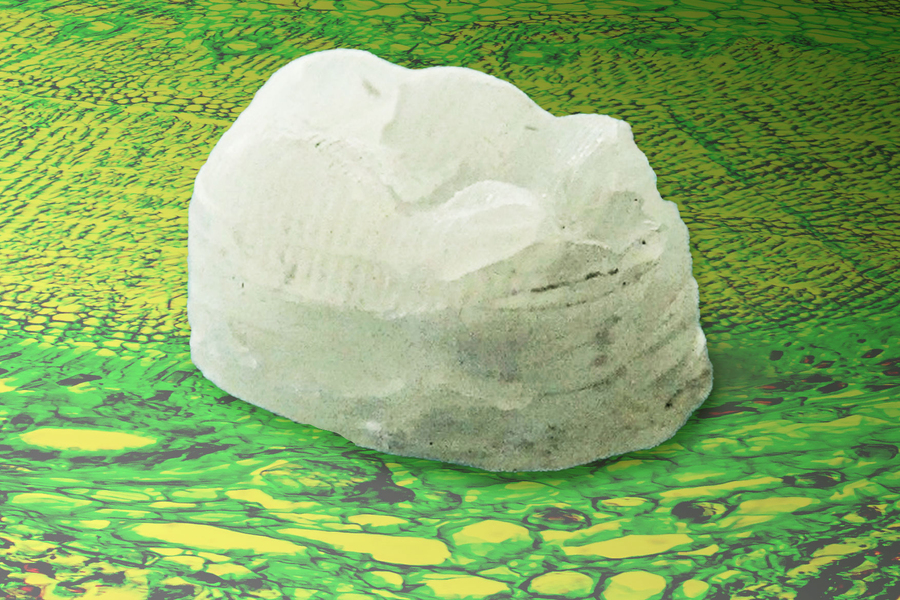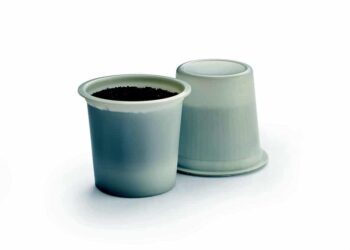An MIT team has engineered a composite made mostly from cellulose nanocrystals (CNCs) mixed with a small amount of synthetic polymer. CNCs, nature’s most abundant polymer, and the main structural component of all plants and algae, are chains of organic polymers arranged in nearly perfect crystal patterns.
The researchers developed a material made up of 60-90% of CNCs, which is the highest fraction of CNCs achieved in a composite to date. The material has been found to be stronger and tougher than some types of bone, and harder than typical aluminum alloys.
The team achieved a “recipe” for the CNC-based composite that they could fabricate using both 3D printing and conventional casting. They printed and cast the composite into penny-sized pieces of film that they used to test the material’s strength and hardness.
“By creating composites with CNCs at high loading, we can give polymer-based materials mechanical properties they never had before,” says A. John Hart, professor of mechanical engineering. “If we can replace some petroleum-based plastic with naturally-derived cellulose, that’s arguably better for the planet as well.” Hart and his team have published their results in the journal Cellulose.
More than 10 billion tons of cellulose is synthesized each year, and used to manufacture paper and textiles, as well as processed into powder for use in food thickeners and cosmetics.
Until now, scientists have tried to incorporate the exceptionally strong CNCs into polymer-based materials, only to be able to use low fractions, as the crystals have tended to clump and only weakly bond with polymer molecules.

According to the report in Science Daily, Hart and his team were able to develop a composite with a high fraction of CNCs “by mixing a solution of synthetic polymer with commercially available CNC powder. They determined the ratio of CNC and polymer that would turn the solution into a gel, with a consistency that could either be fed through the nozzle of a 3-D printer or poured into a mold to be cast. They used an ultrasonic probe to break up any clumps of cellulose in the gel, making it more likely for the dispersed cellulose to form strong bonds with polymer molecules. They fed some of the gel through a 3-D printer and poured the rest into a mold to be cast. They then let the printed samples dry. In the process, the material shrank, leaving behind a solid composite composed mainly of cellulose nanocrystals.”
When examining the composite’s structure under a microscope, the team observed that grains of cellulose settled into a brick-and-mortar pattern, similar to nacre. This microstructure stops a crack from running straight through the material. They tested the material’s resistance to cracks across multiple scales, and found the composite’s arrangement of cellulose grains prevented the cracks from breaking the material.
The team is looking for ways to minimize the shrinkage of gels as they dry in order to be applicable to larger objects. “If you could avoid shrinkage, you could keep scaling up, maybe to the meter scale,” Rao says. “Then, if we were to dream big, we could replace a significant fraction of plastics with cellulose composites.”
If the crystals could be worked into materials in significant fractions, CNCs could be a route to stronger, more sustainable, naturally derived plastics.

















